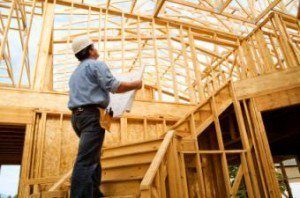
The National Association of Homebuilders (NAHB) [1] said the Trump Administration’s Public Charge rule could impede legal immigration and the residential construction industry, which is already facing a labor shortage.
The law is set to go into effect on February 24.
According to the NAHB, the rule was previously on hold after several courts delayed its implementation. The Supreme Court lifted these stays on January 27. The rule will go into effect for all states except Illinois, where a separate court injunction exists.
Once enacted, NAHB with immigrant employees who are seeking permanent residency, a visa change or extension, or any other change in their immigration status may experience an increase in paperwork and “significant” processing delays.
The rule, which was finalized last year, expands the definition of who is considered a “public charge” to include immigrants receiving government assistance through programs such as housing assistance and food stamps.
The rule applies to foreign nationals seeking permanent residence in the U.S. and to nonimmigrant workers seeking to extend their stay or change their visa status.
The NAHB reported [2] last year that increasing regulatory costs, the shortage of construction workers, tariffs on $10 billion worth of building materials, and concerns over housing finance have impacted housing affordability.
According to the report, regulations account for 25% of the price of a single-family home, and 30% of the cost of multi-family development.
“Removing regulatory barriers that contribute to the increased costs of housing will pave the way to homeownership,” said NAHB Chairman Greg Ugalde, a builder, and developer from Torrington, Connecticut. “Homebuilders and the residential construction community are committed to working with Congress to ensure homeownership is within reach of hard-working families.”
The latest NAHB/Wells Fargo Housing Opportunity Index found that 61% of new and existing homes were deemed affordable. The current homeownership rate of 64.2% remains below the 25-year average of 66.3%, according to the U.S. Census Bureau’s Housing Vacancy Survey.